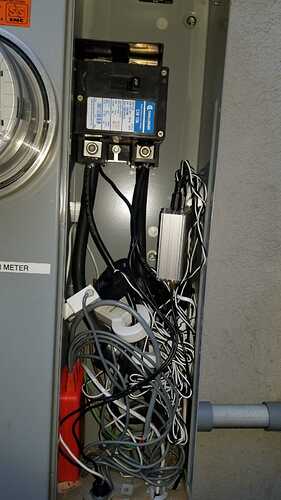I am considering building a power diverter. My current setup is an EmonTX v3 with an EmonBase with 4 CTs. 2 on the line running into my panel (after the solar feed) and 2 on the solar feed. AC voltage wall wart. I also have a grid tie Enphase solar installation. I am not in a net metering state so I essentially give my excess power to the electric company.
Right now I pull data off the emonpi into my Vera and run a scene which controls a zwave switch on a coffee cup heater in a 5 gal water container. Not very elegant or reliable, pretty crude. I would like something better.
Can anyone provide some advice on what I need to make this work? I am been through Robin’s site as well as the wiki, but I still don’t have a full grasp of the parts and connections I need for the US.
Can I use the EmonTX v3 to provide input to one of Robin’s power routers or do I need an additional set of CTs?
The sensing location is not at the dump load location,
Do I need the 3 phase version of the board because I have split phase power?
What steps do I need to take because of split phase power?
Will I need a dump load for each leg when the house load is not balanced?
and probably a lot I have not thought of.
Thanks,
rearden
